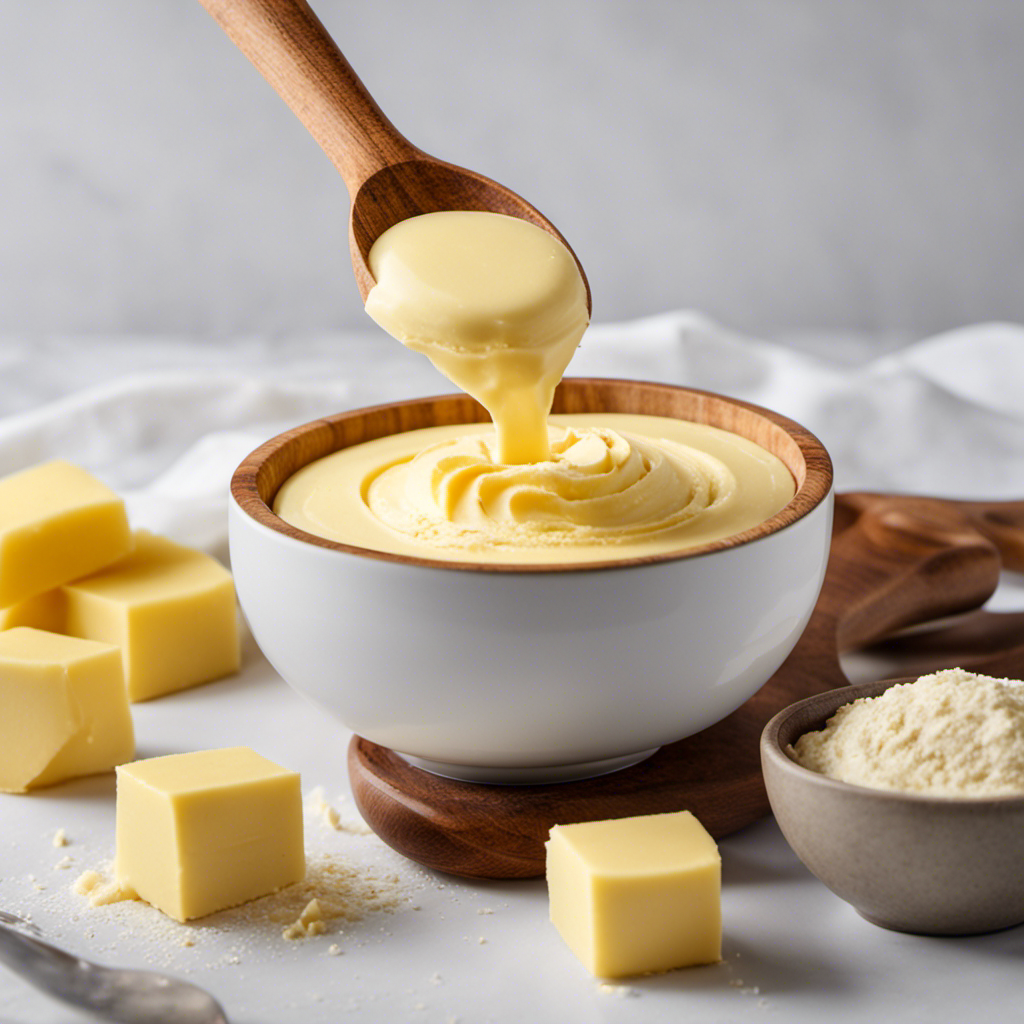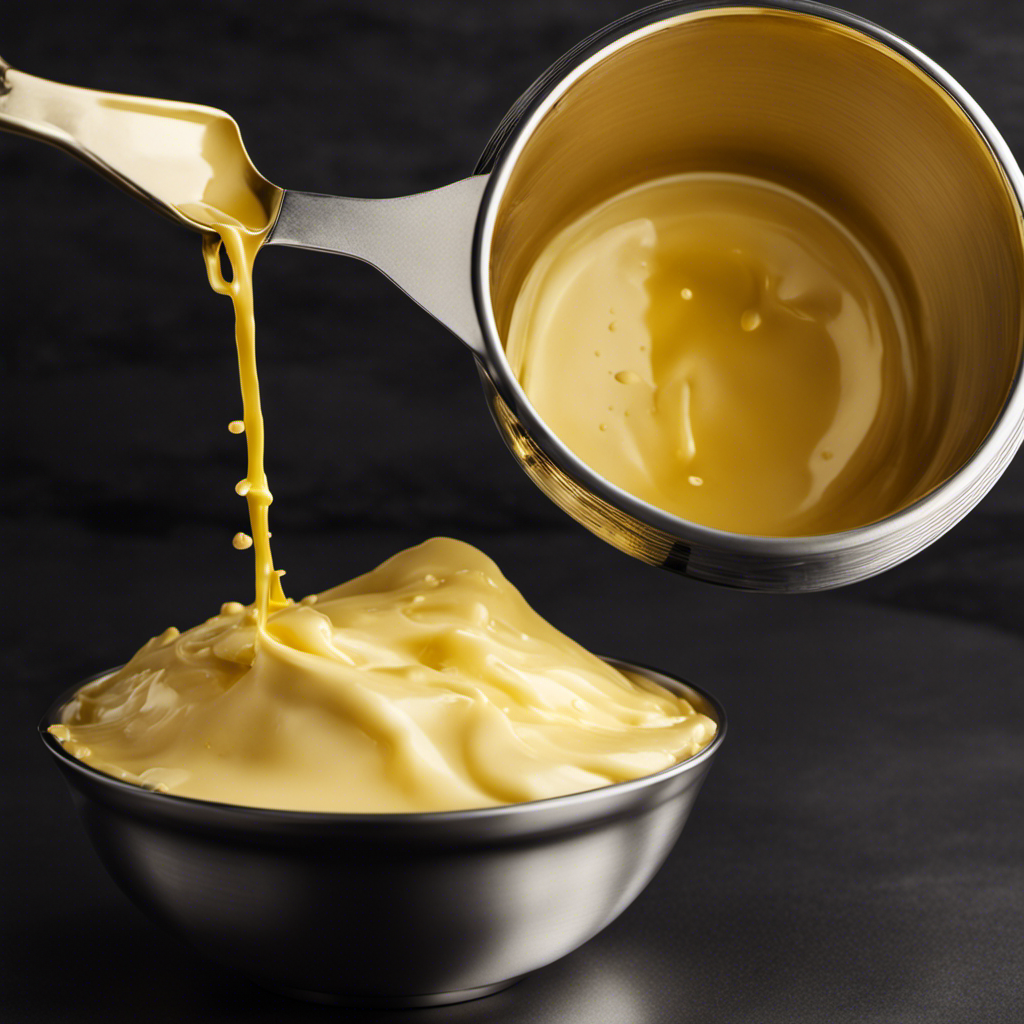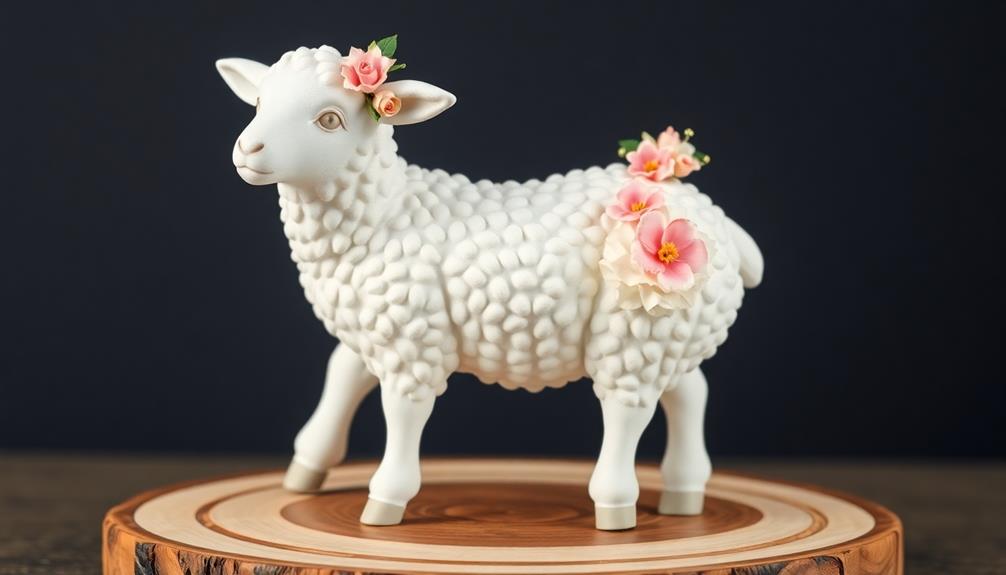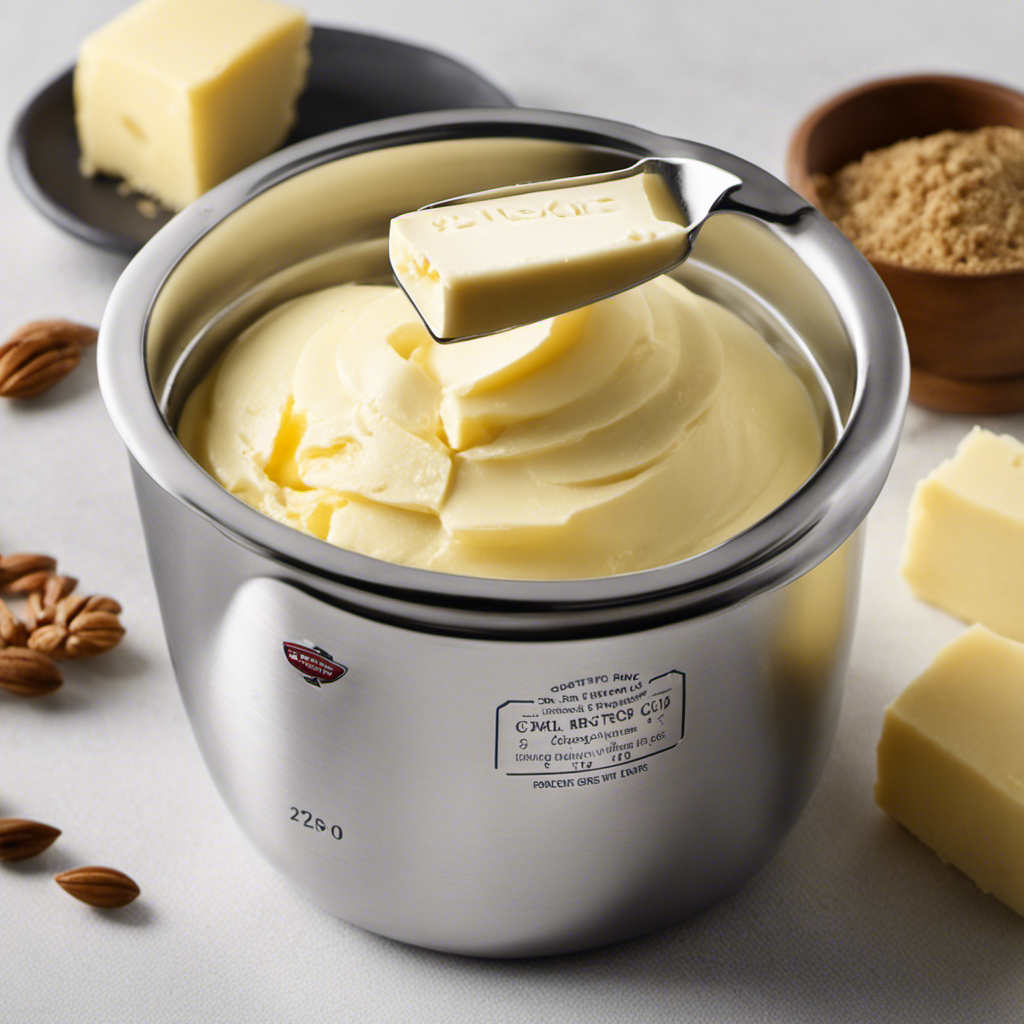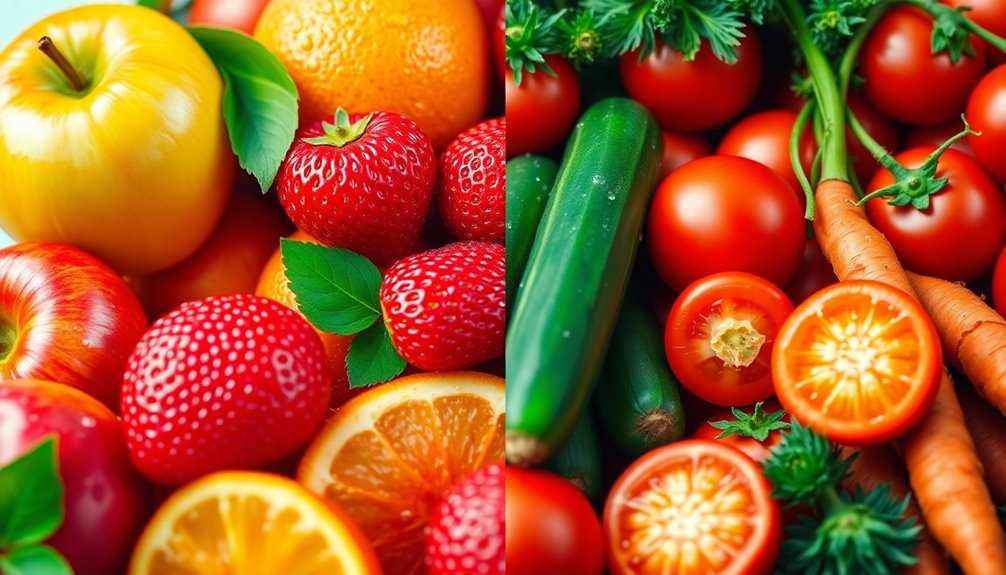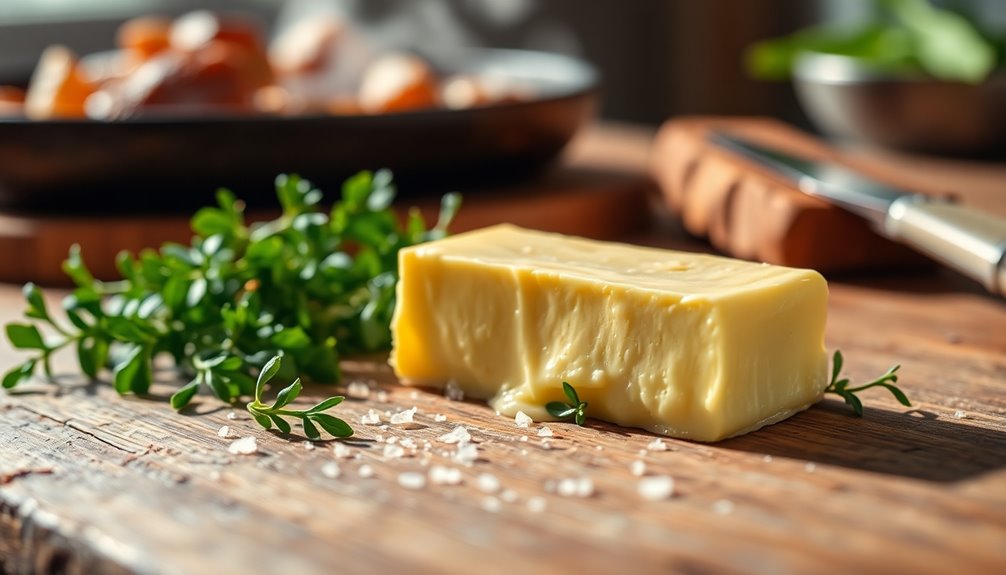As someone who cooks at home, I frequently catch myself asking, “What is the gram equivalent of one stick of butter?” Although it appears to be a straightforward question, precise measurements are essential when cooking.
In this article, we’ll dive into the world of butter conversions and explore the importance of precise measurements. Whether you’re baking a cake or making a savory dish, understanding the weight of a stick of butter can make all the difference.
So let’s grab our kitchen scale and get ready to uncover the mysteries of butter measurements!
Key Takeaways
- A stick of butter typically weighs 113 grams or 4 ounces.
- The weight may vary slightly depending on the brand or type of butter.
- Utilizing a kitchen scale is recommended for accurate measurements.
- Accurate measurements are crucial in cooking and baking.
Understanding the Standard Stick of Butter
Do you know how many grams are in one stick of butter?
It’s important to have accurate measurements when cooking or baking, and understanding the standard stick of butter is crucial.
A stick of butter typically weighs 113 grams or 4 ounces. However, it’s important to note that the weight may vary slightly depending on the brand or the type of butter.
To ensure precision in your recipes, I highly recommend utilizing a kitchen scale. This tool allows you to measure ingredients accurately, especially when dealing with small quantities.
Converting Sticks of Butter to Grams
Converting a stick of butter to grams is a straightforward process. One stick of butter typically weighs about 113 grams. However, it’s important to note that butter measurement equivalents can vary slightly depending on the brand or country.
To measure butter accurately, you can use a kitchen scale to weigh it in grams. If you don’t have a scale, you can refer to the measurement markings on the packaging. Each stick of butter is usually marked with tablespoon measurements, making it easy to divide or measure according to your recipe’s requirements.
It’s also helpful to know that one stick of butter is equivalent to half a cup or 8 tablespoons. So, whether you’re baking or cooking, knowing the measurement equivalents and using precise measurement techniques will ensure the right amount of butter in your recipes.
The Importance of Accurate Measurements
To ensure your recipe turns out perfectly, it’s crucial to use precise measurements. Accurate measurements are the key to achieving the desired results in baking and cooking.
When it comes to measuring ingredients, there are various techniques that can help you get the most accurate results. Using measuring cups and spoons specifically designed for dry or liquid ingredients can ensure accuracy.
It’s important to level off dry ingredients, such as flour or sugar, with a straight edge to avoid any excess. For liquids, use a liquid measuring cup placed on a flat surface and read the measurement at eye level.
Utilizing a Kitchen Scale for Precision
When using a kitchen scale, you’ll be able to accurately measure ingredients by weight, ensuring precise results in your recipes. Here are some benefits of utilizing a kitchen scale for measuring precision:
-
Consistency: By using a kitchen scale, you can consistently measure ingredients in the exact amount needed for your recipes, resulting in consistent taste and texture every time.
-
Accuracy: Unlike measuring cups or spoons, which can vary in size, a kitchen scale provides precise measurements in grams or ounces, eliminating any guesswork.
-
Versatility: A kitchen scale can be used for measuring a wide range of ingredients, from flour and sugar to liquids and spices, making it a versatile tool in the kitchen.
-
Portability: Many kitchen scales are compact and lightweight, making them easy to carry and use in different cooking environments.
Overall, a kitchen scale offers numerous benefits for achieving measuring precision in your culinary creations.
Butter Packaging and Weight Variations
If you’re using a kitchen scale, you’ll notice that different brands of butter may have slight variations in weight due to their packaging. Butter packaging standards are not as strict as they are for other food products. This can result in inconsistencies in the weight of butter sticks across different brands.
Additionally, the impact of temperature on butter weight should also be considered. Butter is typically sold in solid sticks, but it can soften or melt depending on the temperature. This can affect the weight of the butter, as it may lose some moisture or become more compact.
Therefore, it is important to take these factors into account when measuring butter on a kitchen scale to ensure accurate and precise measurements.
The Role of Butter in Baking and Cooking
When it comes to the role of butter in baking and cooking, there are several key points to consider.
First, butter is known for its ability to enhance flavor profiles, adding a rich and creamy taste to dishes.
Second, butter is incredibly versatile in recipes, as it can be used for sautéing, baking, or even as a spread.
Lastly, butter plays a crucial role in texture and moisture control, helping to create tender and moist cakes, cookies, and other baked goods.
Enhancing Flavor Profiles
To enhance flavor profiles, you can experiment with different herbs and spices. By adding the right combination of flavors, you can elevate the taste of your dishes to a whole new level. Here are some ideas to get you started:
- Try using fresh herbs like rosemary, thyme, or basil to add a burst of freshness to your dishes.
- Spice things up with cumin, paprika, or chili powder for a smoky and spicy kick.
- Don’t forget about the power of garlic and onion. They can add depth and complexity to any dish.
- For a touch of sweetness, consider using cinnamon or nutmeg in your recipes.
When it comes to butter flavoring, it can be paired with a wide range of ingredients. From savory dishes like roasted vegetables and grilled meats to sweet treats like cookies and cakes, butter adds richness and a creamy taste. Its versatility makes it a staple in many kitchens. So why not experiment with different herbs, spices, and ingredients to create your own unique flavor combinations?
Versatility in Recipes
Butter’s versatility in recipes allows it to be used in a wide variety of dishes, from savory to sweet.
When it comes to measuring butter accurately, there are a few tips and techniques that can help ensure precise measurements.
One common measurement used in recipes is a stick of butter. A stick of butter typically weighs around 113 grams or 1/2 cup. However, it is essential to note that butter wrappers often have measurement markings on them, making it easier to measure precise amounts without the need for a scale.
Additionally, if a recipe calls for melted butter, it is important to measure it after melting, as the volume may change.
Texture and Moisture Control
If you want to control the texture and moisture of your dish, you can experiment with different amounts of butter. Butter is a versatile ingredient that can greatly impact the final result of your recipe. Here are some ways in which butter can help you achieve the desired texture and moisture in your dishes:
- Adding more butter can make your dish richer and creamier.
- Using less butter can result in a lighter and fluffier texture.
- Softened butter can help retain moisture in baked goods.
- Melting butter can contribute to a more moist and tender outcome.
By understanding the role of butter in your recipes, you can make adjustments to achieve the perfect texture and moisture.
Now, let’s explore how to adjust recipes for different butter measurements.
Adjusting Recipes for Different Butter Measurements
When adjusting recipes for different butter measurements, it’s important to keep in mind the conversion ratios. Converting butter measurements accurately is crucial to ensure the desired outcome of your recipe. Whether you need to convert from sticks to grams or vice versa, precision is key. To help you with this, here is a handy table showcasing common conversions for butter usage:
| Butter Measurement | Grams | Sticks |
|---|---|---|
| 1 stick | 113g | 1 |
| 1/2 stick | 56.5g | 1/2 |
| 1/4 stick | 28.3g | 1/4 |
| 1/8 stick | 14.2g | 1/8 |
Common Conversions for Butter Usage
When it comes to baking and cooking, precise measurements are crucial for achieving the desired results. In this discussion, I’ll be focusing on two key points: butter measurement equivalents and converting tablespoons to grams.
Understanding these conversions will help ensure that you use the right amount of butter in your recipes and achieve the perfect balance of flavors and textures.
Butter Measurement Equivalents
To measure butter equivalently, it’s important to know that one stick of butter is equal to 113 grams. This knowledge is essential for accurate and consistent baking and cooking.
Here are some butter measurement equivalents and substitutes to keep in mind:
- 1 stick of butter = 1/2 cup = 8 tablespoons = 4 ounces = 113 grams
- 1 cup of butter = 2 sticks = 16 tablespoons = 8 ounces = 227 grams
- 1 pound of butter = 4 sticks = 32 tablespoons = 16 ounces = 454 grams
When it comes to butter substitutes, there are several options available, depending on your dietary needs or preferences. Some common substitutes include margarine, coconut oil, olive oil, and applesauce. However, keep in mind that these substitutes may alter the taste and texture of your recipes, so it’s important to experiment and find the best substitute for your specific needs.
Converting Tablespoons to Grams
Using tablespoons to measure ingredients can be a convenient way to follow a recipe. However, sometimes you may come across a recipe that uses ounces or grams instead of tablespoons.
In such cases, it’s helpful to know how to convert tablespoons to ounces or grams to ensure accurate measurements. Converting tablespoons to ounces is relatively straightforward. One tablespoon is equal to 0.5 ounces. So, if a recipe calls for 8 tablespoons of an ingredient, you can convert it to 4 ounces.
On the other hand, converting grams to cups can be a bit more complicated as it depends on the density of the ingredient. However, as a general rule, 1 cup is approximately equal to 236.6 grams.
Butter Substitutes and Equivalents
There’s no butter substitute that can truly match the rich flavor of real butter. However, there are alternatives that can be used in recipes or for those who are lactose intolerant.
Here are some butter substitutes and their measuring equivalents:
-
Margarine: 1 cup of margarine can be used as a replacement for 1 cup of butter.
-
Coconut oil: 1 cup of coconut oil can be used as a replacement for 1 cup of butter.
-
Applesauce: 1/2 cup of applesauce can be used as a replacement for 1 cup of butter.
-
Greek yogurt: 1/2 cup of Greek yogurt can be used as a replacement for 1 cup of butter.
It’s important to note that these substitutes may alter the taste and texture of your recipe. So, it’s best to experiment and find the substitute that works best for you. Remember to adjust your measurements accordingly to achieve the desired results.
Tips and Tricks for Measuring Butter
When it comes to baking or cooking with butter, accurate measurement techniques are essential for achieving the desired results. In this discussion, I will explore various methods for measuring butter accurately.
These methods include using measuring cups, weighing scales, and the water displacement method. Each method has its own benefits and can be used depending on the recipe and the available tools.
Using measuring cups is a common and convenient way to measure butter. It involves softening the butter and then packing it into the cup until it reaches the desired measurement. This method is suitable for recipes that call for butter in cups or fractions of cups.
On the other hand, weighing scales provide a more precise measurement of butter. By placing the butter on the scale and adjusting it until it reaches the desired weight, you can ensure accuracy in your recipe. This method is especially useful when working with recipes that require precise measurements, such as in professional baking.
Another method for measuring butter is the water displacement method. This technique involves filling a measuring cup with water and then adding the butter until the water level rises to the desired measurement. By subtracting the initial water level from the final level, you can determine the amount of butter needed. This method is useful when you don’t have measuring cups or a scale on hand.
In addition to discussing measurement techniques, I will also delve into the topic of converting butter measurements. Converting between different units of measurement, such as sticks, tablespoons, or grams, can be confusing. However, with some useful tips and tricks, you can easily convert butter measurements to suit your recipe’s requirements.
Accurate Butter Measurement Techniques
To accurately measure butter, it’s important to follow the proper techniques. Here are some butter measurement techniques that can help you get precise measurements every time:
-
Use a kitchen scale: Weighing the butter on a kitchen scale is the most accurate way to measure it, especially when recipes call for grams or ounces.
-
Use markings on the butter wrapper: Most butter packages have markings on the wrapper indicating tablespoon and cup measurements, which can be helpful for quick measurements.
-
Use measuring spoons: If you don’t have a kitchen scale or the butter wrapper doesn’t have the measurements you need, you can use measuring spoons to get precise amounts.
-
Use butter measurement equivalents: Knowing the equivalents can be handy when a recipe calls for a specific amount of butter in a different form, such as tablespoons or cups.
Converting Butter Measurements
Using measuring spoons is a convenient way to accurately measure butter when converting measurements. When it comes to butter measurement equivalents, it can be helpful to have a reference guide to ensure precise measurements. Here are some tips for converting butter measurements:
| Cups | Tablespoons | Sticks |
|---|---|---|
| 1/4 | 4 | 1/2 |
| 1/2 | 8 | 1 |
| 3/4 | 12 | 1 1/2 |
| 1 | 16 | 2 |
Final Thoughts and Practical Application
You can apply these final thoughts and practical tips to your everyday cooking, like knowing how many grams are in one stick of butter. Here are some key points to consider:
- Understanding measurement conversions is essential for accurate cooking.
- One stick of butter weighs approximately 113 grams or 4 ounces.
- This information is helpful when following recipes from different sources that use different units of measurement.
- Knowing the weight of one stick of butter allows you to easily adjust recipes or substitute ingredients as needed.
Frequently Asked Questions
Can I Use Margarine as a Substitute for Butter in Baking?
Yes, you can use margarine as a substitute for butter in baking. However, keep in mind that the taste and texture may differ. Butter has health benefits like containing vitamins A, D, and E.
How Can I Adjust a Recipe That Calls for a Different Measurement of Butter?
When adjusting recipe measurements, it’s important to convert butter measurements accurately. Start by determining how much butter is called for in the original recipe, then convert it to the desired measurement using a reliable conversion chart.
Are There Any Tips or Tricks for Accurately Measuring Butter Without a Kitchen Scale?
When it comes to measuring butter without a scale, I’ve got a trick up my sleeve. It’s all about knowing the volume conversions – grams to cups and vice versa – and estimating butter measurements like a pro. Let me spill the details.
Are There Any Variations in Weight Among Different Brands of Butter?
I can tell you that there are variations in butter weight among different brands. To measure butter accurately without a scale, you can use the markings on the packaging or estimate using tablespoon measurements.
Is It Necessary to Use a Kitchen Scale for Precise Measurements When Using Butter in Recipes?
Using a kitchen scale for precise butter measurements is crucial for consistent baking results. Common mistakes, like using the wrong measuring tool, can affect the texture and taste of your recipes.
Conclusion
In conclusion, understanding the weight of a standard stick of butter is crucial for accurate measurements in the kitchen. Converting sticks of butter to grams allows for precise baking and cooking.
Did you know that one stick of butter weighs approximately 113 grams? That’s an interesting statistic to keep in mind when following recipes.
By utilizing a kitchen scale and being aware of packaging variations, you can ensure consistent and delicious results. Remember, precise measurements are key when it comes to butter and other ingredients in your culinary creations.

